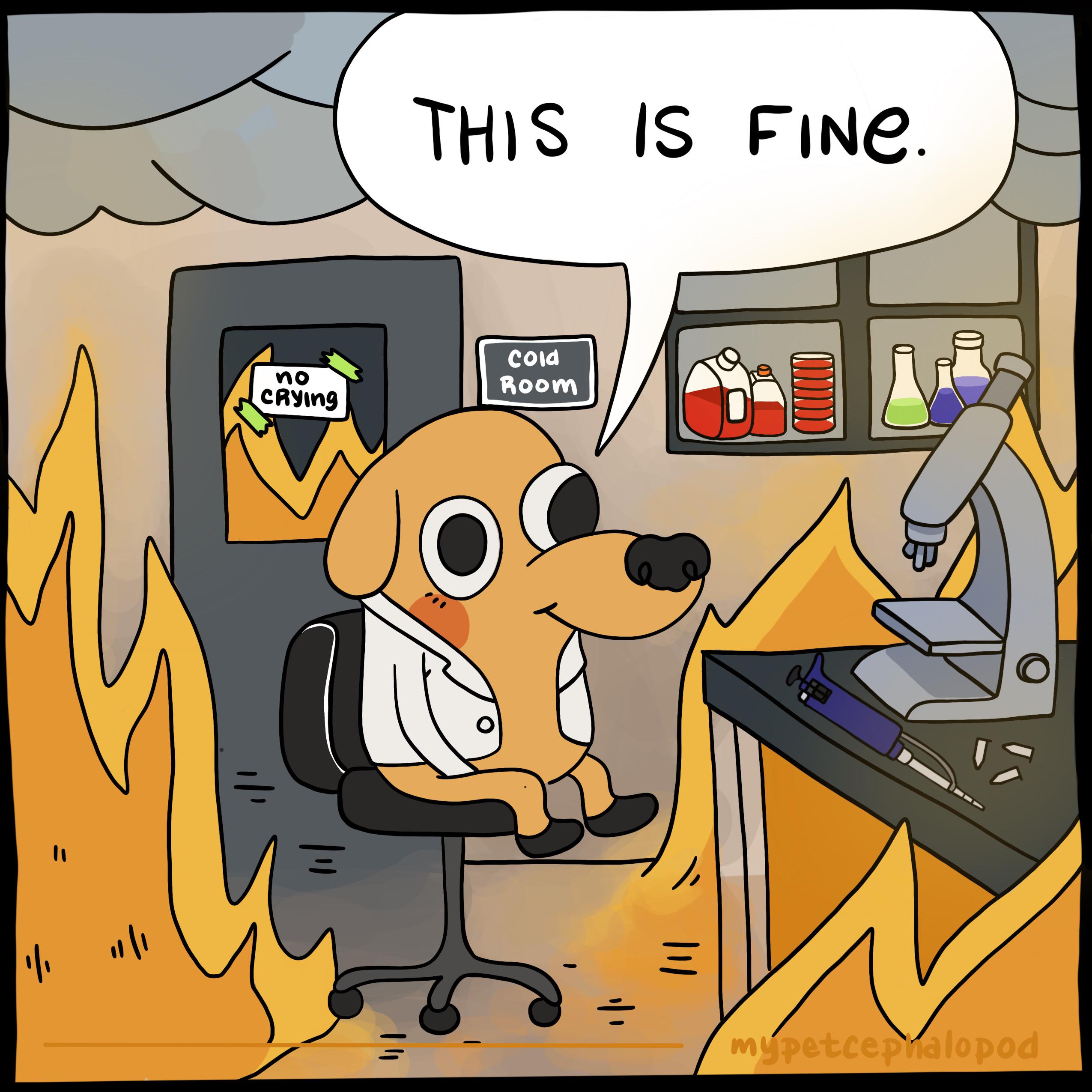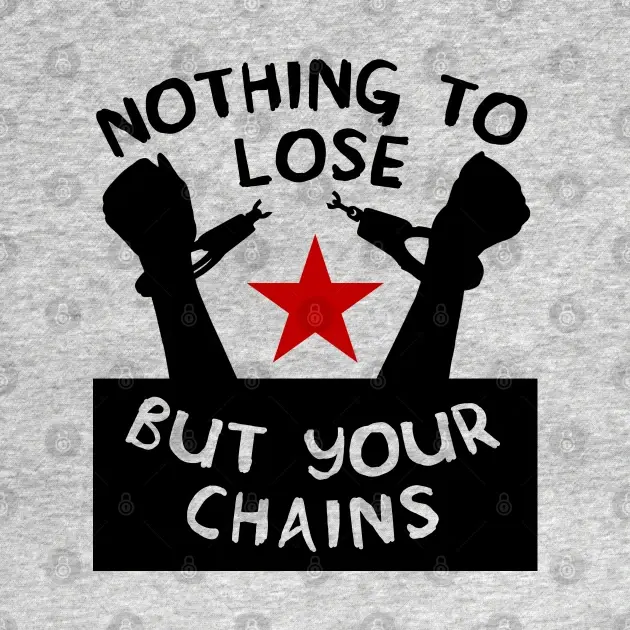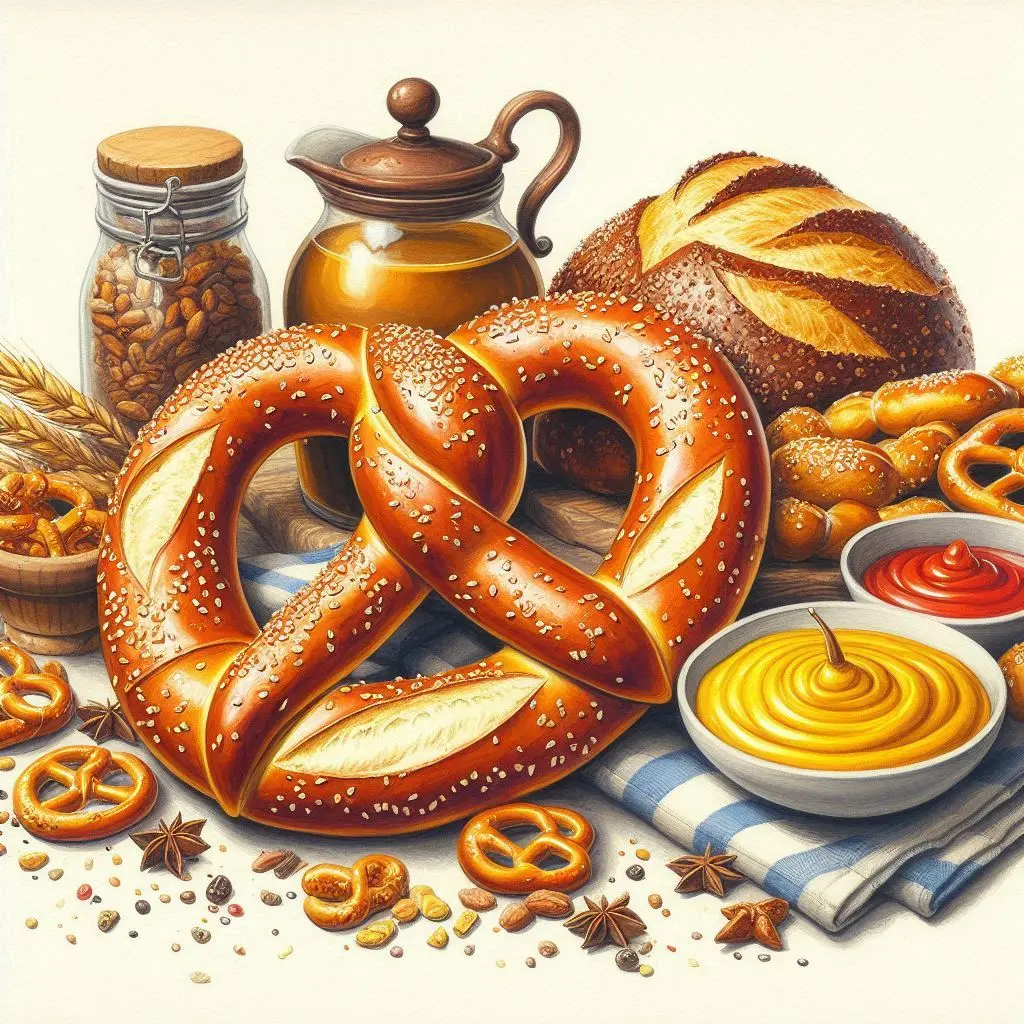Tell me that you are American without telling me you are American
Now, now you get your People pass cancelled.
Ok.
“Hey. Come over and get some BBQ and food that doesn’t look like sad beans. We can talk about how boring a soccer game is when one team leads and they just play keep away for 40 minutes. Man, this corn on the cob is so good. Sure glad my teeth are straight so I can eat it super easy. Anyone else enjoy having a complete global dominance on movies, tv, and pop culture? How about the internet?”
You’d never hear any Americans talking about soccer unless their kids were playing in a Rec league
Found the American
They’re right though, soccer is boring
The most watched sport in the world is boring? Most of the world beg to differ…
Americans always regurgite the “Fahrenheit is how people feel” nonsense, but it is just that: nonsense. Americans are familiar with fahrenheit so they think that it is more inituitive than other systems, but unsurprisingly people who are used to celsius have no problems using it to measure “how people feel” and will think it is a very inituitive system.
Can confirm. Moved from the US to Canada and maybe a year of using Celcius revealed to me just how fucking stupid and convoluted Fahrenheit is. My dad spent three weeks out here and started using Celcius on his phone. Now I only use Fahrenheit when dealing with fevers or temping cases of suspiciously overripe produce.
Fellow Americans. Celcius is superior and more intuitive for those who take a moment to adjust to it. It is okay to accept this as fact without developing an inferiority complex. USA not always #1. USA quite often not #1 and that is okay. It is okay for USA to not be #1 without developing an inferiority complex.
Fahrenheit is European.
*was
I use it and I am not European.
Fahrenheit has a fine granularity that is lost in cold climates. It’s why the Bahamas/Belize use it as well.
Well you know that you can use the decimals?
How is - 40.000001°F more fine than - 40.00000000001°C?
23°C is a nice room temperature.
18°C is a bit chilly but still a comfortable temperature.
If you want to go for a finer destinction then we cann say 18.5°C is warmer but I personally can’t feel the difference.
Our bodies are mostly water why not use a system that reflects this?
The universe is mostly empty space with an average temperature of like… 4 Kelvin or some shit. Why not use a system that reflects that? Oh, we do? Right. Celsius is Kelvin + 273.15.
…rankine glowers in your general direction…
Are you made of mostly empty space? Your response does leave me questioning. Please aknowledge that you are made of 64% water and not 4°k nothing.
As a matter of fact…
I can feel the difference between 71 and 73 in my house.
At 73, my kids room is uncomfortably hot. At 71, it has a perfect chill for sleeping.
Save yourself before it’s too late.
Do not say anything positive about Fahrenheit in this thread… the Temperature Scale Inquisition is watching closely for any dissent from the party line.
Both are equally arbitrary. You just have to know a handful of temperatures that you use in your day to day life either way.
Celsius being based on water makes it the most intuitive of the three imo.
Hum… Around here water boils at ~96°C (some labs measure that). And it seems to not freeze at 0°C anywhere on Earth, as it’s never pure water, with never an homogeneous freezing point.
It is repeatable, it’s not very arbitrary, but “intuitive” doesn’t apply in any way.
Differences are neglegtable. 96°C is still going to kill you.
I like that Fahrenheit has a narrower range for degrees. 1C is 1.8 degrees F. So, F allows you to have more precision without the use of decimals. Like, 71F feels noticeably different to me than 64F, but that is only a 3.8 degree difference in C.
But that also doesn’t matter because the granularity is meaningless if you don’t make decisions for differences between 71F and 70F
Not at those exact temperatures, but one degree matters in in grilling meat, making mash for beer, making candy, etc.
Where in the chicken I jam the thermometer makes several degrees difference. If you truly require that level of granularity whilst grilling, I’d wager reading a decimal figure isn’t the end of the world. Us normies can continue to bring chicken to 74 and call it a day
3 degrees celcius is easily noticeable too so that’s a bit of a moot point. If anything, 1 degree celcius is much harder to discern and therefore having an even more granular scale is unnecessary.
I mean, you’re 100% wrong. Fahrenheit isn’t “how people feel” arbitrarily, it’s almost literally a 0-100 scale of how hot it is outside. You need no prior knowledge to interpret a Fahrenheit measurement. Which really reflects poorly on everyone who says “Fahrenheit doesn’t make any sense” because if they were capable of any thought at all they would figure it out in 2 seconds, like everyone else. I’m a lab rat that uses Celsius all day every day, I’m just not a pretentious stuck up tool about alternate measurements just because I refuse to understand them.
It is really easy to map onto human feel though. 0-100 pretty accurately maps onto our minimum and maximum realistically survivable temps, long-term, and the middle temperatures of those are the most comfortable. It’s far more round, when it comes to describing human preference and survivability, than Celsius is.
I wanna say that with this logic 50 should be right around the most comfortable temp… But for most people it’s closer to 70.
I’ll try to explain how easily mappable Celsius is to people as well.
-40 to +40… -40 being extremely cold, and +40 being extremely hot. 21c is the equivalent of 70f.
It’s all the same stuff. Just matters what you’re used to.
0-150 is the better range, and 75 is right in the middle. 100 is just a hot air temperature most people don’t want to be in but it’s not an extreme.
Saunas can get up to 200 degrees
Hot tubs are usually at 100
Freezers need to be at least 0
You say 15°C. 6° cooler than room temperature. But how much is 6°?
It’s 60°F.
50°F or 10°C is where you need clothes to survive
300, 325, 350 is where you bake cookies (149-176°C)
Fahrenheit has a bunch of 5 and 10s
Saying something like high 70s or low 70s for temp represents an easy way to tell temperature.
21° to 26° for celcius
I walk outside and say “It feels like high 70s today” someone using celcius would say, “Feels like 25°”. If it was a little warmer than “low 80s” compared to “Ehh about 26 or 27°C”
Why is it okay to say high 70s/low 80s and not high 20s? No one goes outside and says, “Ehh, it feels like 26.6 oC today.”, we just know it is a bit warmer than 25.
Yeah, I get your point. I think I’m just trying to explain that it all just matters where you grew up and what you used. I go outside today and I do say it feels like a 12 degree day. It’s not that much different.
I must admit, the oven temps are nice, but they are a product of being written in Fahrenheit (if they were written in celcius, it would be round too, like 150c, 160c, 170c, 175c, etc)
But the more I look at it the more I see it’s all just numbers. We put importance to these numbers but they’re all pretty arbitrary, except celcius using 0 as the freezing point for water and 100 as the boiling point- these are two very important measures that are just weird for Fahrenheit.
When do you use 0° and 100°C?
This is also at standard pressure and most do not live at sea level.
I don’t put a thermometer in my water to make sure it is boiling or one in my water to make sure it freezes.
It can snow and roads can ice before it hits 0°C
It has no real world applications
I thought we left pedants with reddit.
Take care.
I bet a lot more people know what 0°C feels like than 0°F. One is freezing point, one is a completely arbitrary temperature which only gets called “the lowest you’ll experience” as a post hoc rationalisation of Fahrenheit. Most people will never experience anything that cold, some people experience colder.
I even bet more people know what 100°C feels like than 100°F. One is accidentally getting scalded by boiling water, the other is a completely arbitrary temperature which is quite hot but not even the hottest you’ll experience in America.
What? People experience 100 f regularly. It’s literally their body temperature.
100F is a fever; if you’re experiencing those regularly you should go see a doctor.
boiling water isnt necessarily 100c. if youre boiling water, it can be any arbitrary temperature above 100.
thats like going to a geyser pit and saying thats 100c, when it isnt. when you cook and let water come to a boil, the chef doesnt care that its exactly 100c, only that its in the state above 100.
if youre boiling water, it can be any arbitrary temperature above 100.
That’s not how boiling works. The water heats up to its boiling point where it stops and boils. While boiling the temperature does not increase, it stays exactly at the boiling point. This is called “Latent Heat”, at its boiling point water will absorb heat without increasing in temperature until it has absorbed enough for its phase to change.
There is an exception to this called superheating
No it doesn’t, unfortunately.
What makes 0F (-18C) special? How do you estimate survivability at such temperature? If I’d be out on the street naked, I would die there in a matter of minutes. At the same time, there is plenty of places where winter temperatures go -40F (-40C) and even below, yet people very much survive and live there.
Similar with 100F (38C). There are places with higher temps in the summer, up to 120F (49C) in some places, yet people survive. Still, if you’re not equipped with anything, 100F (38C) will burn you alive.
All that not to mention that 50F (10C) is actually cold, not comfortable.
Fahrenheit is only intuitive and “feeling-descriptive” because you’re used to it. From a person born in Celsius country, it’s really not less intuitive. I know I can be comfortable in my birthday suit at around 25C. Less than 20 is chilly, less than 10 - cold, less than 0 - freezing. More than 30 is hot, more than 40 is deadly.
0F is the temperature a freezer needs to be to keep food fresh.
50F is the point that you can’t survive without clothes, your body will not generate enough heat.
100F (38C) will not burn you alive. You can survive for a long time in a sauna at 200F.
100F is perfect hot tub temperature
Freezer normally operates at -4F
You can’t survive without clothes at 55-60F, either.
100F will not burn you in an instant, but the comment went into long-term survival, and good luck surviving at that.
Not sure where you got -4F from.
USDA, United States Department of Agriculture, recommends 0°F or -17.8°C
100°F in the shade isn’t extreme, and you’d be able to survive normally (With more water, everyone can use more water)
100°F is hot tub water
120°F is recommended hot tap water
140°F water will pretty much burn you instantly
Guess what, Canada sets the freezer at -15 Celsius. The USDA just chose 0F because it’s good enough and a nice easy to remember number, there is nothing special about it.
Same with all your other numbers, your just using whatever the closest even F value is that’s easy to remember there’s nothing special about any of them and we have equivalents in Celsius
Kelvin is for scientists.
Celsius is for people.
Fahrenheit is a translation layer between Celsius and Americans. All their weather stations have been Celsius for ages, it’s a societal decision to use an arbitrary unit instead. The “69F censoring” which turned out to be a rounding artefact illustrated that nicely. Their government could change that, power to them that they decide not to 🤷♂️
Fahrenheit isn’t how people feel, it’s how brine solutions feel.
Which is a surprisingly good approximation for how people feel. 0-100 is pretty survivable, with the mid ranges being most comfortable, and things outside of that range starting to pose serious threats.
0-100 is pretty survivable
I can tell you’ve never been outside when it was 0°F
50F (or 40-60F) is not the most comfortable for…well, anyone i think. Thats pretty chilly for most people, with 60F being the low side of comfortable (both inside and outside). Most universally comfortable temperature range is probably around 70-80F, which is not really “around the middle” in that 0-100 range. 70F is ideal inside temperature, 80F is a nice warm summer day outside.
75% is a C which is average for school grades, and a 7/10 is widely considered an average score for things like movies. 70-75F being the average room temp is pretty intuitive when used alongside other common scales.
At this point, there’s no harm in using Fahrenheit. We can convert it to celcius. But please use a sane date format.
ISO 8601
Celsius can be used in place of all three, the others cannot.
The freezing point of water is also a great place to zero the scale.
Plus 100 is boiling it’s a perfect scale.
Honestly? I’ve only lived in countries with Celsius and Celsius is how I feel. I know exactly how hot or cold a day is gonna be if I look up the temperature. Thats how I know what clothes to wear!!! But Fahrenheit confuses the shit out of me. Every time I visit the US, I always convert the temp back to Celsius when someone tells me the temp.
I know Fahrenheit has more degrees and that can give you more datapoints. But cmon. The temp only goes up to, like, 50 C anyways lol. How many degrees do you need 🤣. Can you really differentiate between 61 and 62 F? Now, 60 to 65 F might be believable, but that’s like 15 to 18 C so, that much difference is shown even in Celsius.
I’m not saying Celsius is better, or that Americans should convert to it. Actually, if I was God-Emperor, I’d force us all to use Kelvin, given it begins with Absolute Zero and I’m a sucker for shit like that.
But variety is the spice of life. For Americans, Fahrenheit is how they feel. For most of the rest of us, it’s Celsius.
I don’t get it…people freeze at 0F and boil at 100F?
No, but those describe pretty well the range within people tend to do okay in. Anything lower or higher and you tend to need more specialized gear and have to seriously limit exposure.
You need specialized gear at less than 0F and more than 100F? So totally fine to wear t-shirt and shorts anywhere in between? Just face facts…F is a completely nonsensical system with no basis in any reality.
Nah, it doesn’t make any sense, and isn’t deep or insightful at all.
What’s the flaw??
“Fahrenheit is how people feel” only makes sense if said people have never used another scale. You know how 100F “feels” because that’s what you use. If you used Celsius you’d know how that scale feels instead, and be used to using the more useful scale generally.
See also: people who think they don’t have an accent.
Try having fun every once in a while
Let me explain. Anything below 0F is really cold for a human, and anything above 100F is really hot. The Fahrenheit scale was built around human biology.
0C isn’t even that cold, and 100C is literally instant death. Thus, Celsius is less applicable to the human experience and more applicable to the physical properties of water. The typical range of human scale temperatures is like -10 to 40 degrees on the Celsius scale? Makes no sense.
Kelvin is the most scientifically objective scale, but also the least intuitive for humans, because absolute zero is completely outside our frame of reference.
So it’s easily demonstrable that Fahrenheit is how people feel, Celsius is how water feels, and Kelvin is how molecules feel.
Be forewarned that I am willing to die on this hill, and any challenges to my position will result in increasingly large walls of text until you have conceded the point 😤
main arguments from below
Celsius is adequate because it’s based on water, and all life on earth is also based on water, so it’s not totally out of our wheelhouse. But for humans specifically I think Fahrenheit is the clear answer.
One point that many may overlook is that most of us here are relatively smart and educated. There are a good number of people on this planet who just aren’t very good with numbers. Obviously a genius could easily adapt their mind to Kelvin or whatever.
You have to use negative numbers more frequently with Celsius > Celsius has a less intuitive frame of reference
Each Celsius degree is nearly two Fahrenheit degrees > Celsius is less granular
The reason I argue the more granular Fahrenheit is more intuitive is because a one degree change should intuitively be quite minor. But since you only have like 40 or 50 degrees to describe the entire gamut of human experiences with Celsius, it blends together a bit too much. I know that people will say to use decimals, but its the same flaw as negative numbers. It’s simply unintuitive and cumbersome.
B) 66F is room temperature. Halfway between freezing (32F) and 100F.
the intuition is learned and not natural.
All scales have to be learned, obviously. It’s far easier to create intuitive anchorpoints in a 0-100 system than a -18 to 38 system. Thus, Fahrenheit is more intuitive for the average person.
I should note that if you are a scientist, the argument completely changes. If you are doing experiments and making calcualtions across a much wider range of temperatures, Celsius and Kelvin are much more intuitive. But we are talking about the average human experience, and for that situation, I maintain Fahrenheit supremacy
Final edit: Well, I got what I asked for. I think I ended up making some pretty irrefutable points with these two last ones though. Once again, math saves the day. If somebody wants to continue the discussion make another thread and tag me because this is a bit much for science memes.
further arguments
It’s not about the specific numbers, but the range that they cover. It’s about the relation of the scale to our lived experience. Hypothetically, if you wanted to design a temperature scale around our species, you would assign the range of 0-100 to the range that would be the most frequently utilized, because those are the shortest numbers. It’s not an absolute range, but the middle of a bell curve which covers 95% of practical scenarios that people encounter. It doesn’t make any sense to start that range at some arbitrary value like 1000 or -18.
When the temperature starts to go above the human body temperature, most humans cannot survive in those environments. Thus, they would have little reason to describe such a temperature. Celsius wastes many double digit numbers between 40-100 that are rarely used. Instead, it forces you to use more negative numbers.
This winter, many days were in the 10s and 20s where I live. Using Celsius would have been marginally more inconvenient in those scenarios, which happen every winter. This is yet another benefit of Fahrenheit, it has a set of base 10 divisions that can be easily communicated, allowing for a convenient level of uncertainty when describing a temperature.
the end is nigh
Generally -40 to 40 are the extremes of livable areas.
Sure, water is a really good system and it works well.
And for F that range is -40 to 104. See how you get 64 extra degrees of precision and nearly all of them are double digit numbers? No downside.
Furthermore F can use its base 10 system to describe useful ranges of temperature such as the 20s, 60s, etc. So you have 144 degrees instead of just 80, and you also have the option to utilize a more broad 16 degree scale that’s also built in.
You might say that Celsius technically also has an 8 degree scale(10s, 30s), but I would argue that the range of 10 degrees Celsius is too broad to be useful in the same way. In order to scale such that 0C is water freezing and 100C boiling, it was necessary for the units to become larger and thus the 10C shorthand is much less descriptive than the 10F shorthand, at least for most human purposes.
How can you manage to spell Fahrenheit right but Celsius wrong?
USA
“Human scale”. Snort. What bollocks.
But it doesn’t really make sense, it’s just some nonsense that sounds clever
Reading these comments, my spiteful genie wish is to invent and proliferate a log base 10 scale, something like earthquake magnitudes or decibels. Y’all hate F or C? Welcome T, where 1 equals 1 Kelvin, 2 equals 10 Kelvin, 3 equals 100 Kelvin, 4 equals 1000 Kelvin, and so on.
It’s easy! Humans live somewhere around 3, as does boiling and freezing, while the sun is between a 4 and a 5 at the surface and the core is closer to an 8.
Take a look at the mean molecular kinetic energy.
As a bonus, it’s measured in Joules. Or eV if you want a sensible unity, but I don’t think you’ll want it.

















